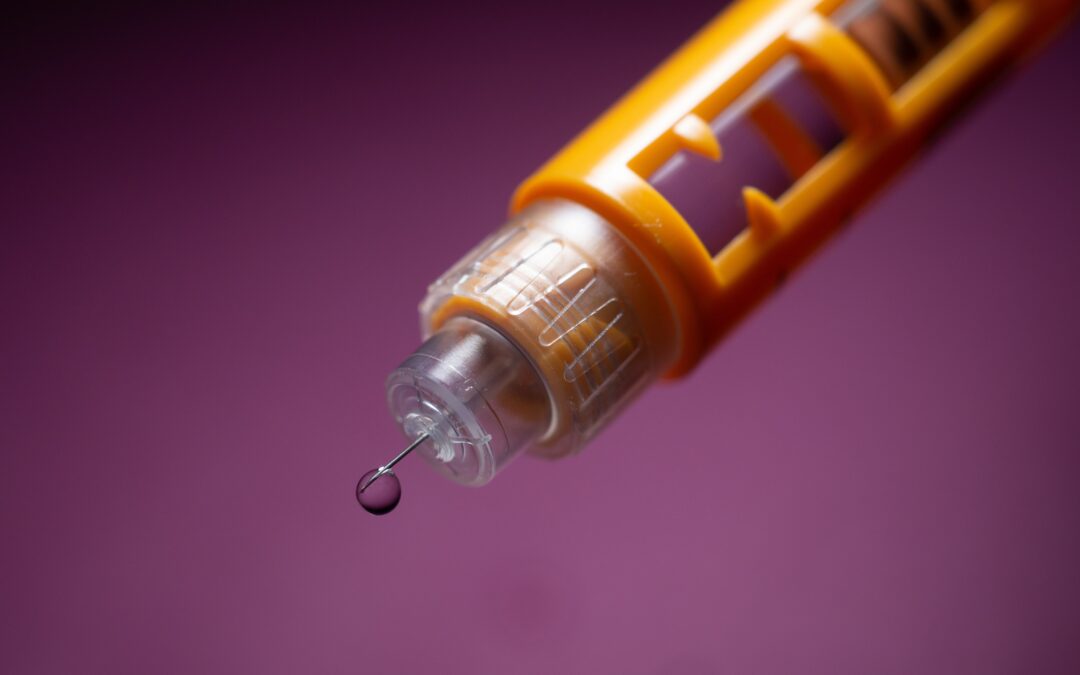Insulin resistance is a condition during which the body does not respond well to insulin. Insulin resistance, or IR for short, is influenced by the amount and location of adipose tissue (fat) in the body. Insulin resistance is usually associated with obesity or an increase in weight in proportion to height, but even normal-weight individuals can have IR. Some individuals are more at risk for insulin resistance due to their family history and ethnicity. In an insulin-resistant state, the body’s cells do not respond as well to the action of insulin. As a result the pancreas, an organ responsible for making and releasing insulin, tries to overcome the resistance by releasing more insulin. Excess insulin can interfere with how organs like the liver, muscle, and fat cells metabolize fat and sugar.
When we evaluate patients for insulin resistance, there is no one test or data point that defines insulin resistance in children and adolescents. We instead put together a compilation of signs such as the body shape (more weight around the abdomen), body size (overweight is a BMI greater than the 85th percentile for age and obesity is a BMI greater than 95th percentile for age), signs of prediabetes (elevated blood glucoses), and physical exam findings such as acanthosis nigricans (darker pigmented skin around neck and creases of the arms). Taking these clues into consideration, we can better understand if someone has insulin resistance.
The next step is understanding why insulin resistance matters. Insulin resistance in adults directly correlates to cardiovascular risk factors such as heart attacks and stroke. In children, it is important to screen for insulin resistance because it may predict future risk for chronic diseases such as type 2 diabetes, high cholesterol, high blood pressure, liver dysfunction, and cardiac events. Additionally, during adolescence insulin sensitivity (the inverse of insulin resistance) decreases dramatically during puberty. In other words, some adolescents and children may develop risk factors for insulin resistance over time.
Like detectives, doctors look at multiple clues in the body to determine if there is insulin resistance present. When insulin does not work properly, such as the case in IR, glucose does not effectively get into the body’s cells. We thus look for elevated glucose levels which can lead to prediabetes or even diabetes. Elevated insulin levels can cause inappropriate storage of sugars and fat in the liver, thus we look at liver function tests. Elevated triglycerides and low HDL (good cholesterol) can be signs of IR as well. In females, IR can interfere with reproductive hormones and cause irregular and heavy periods to occur such is the case in the condition of PCOS (polycystic ovarian syndrome).
Insulin resistance is a precursor for multiple chronic conditions. Staying vigilant and looking for clues of insulin resistance can inform the best ways for treatment and prevention.

